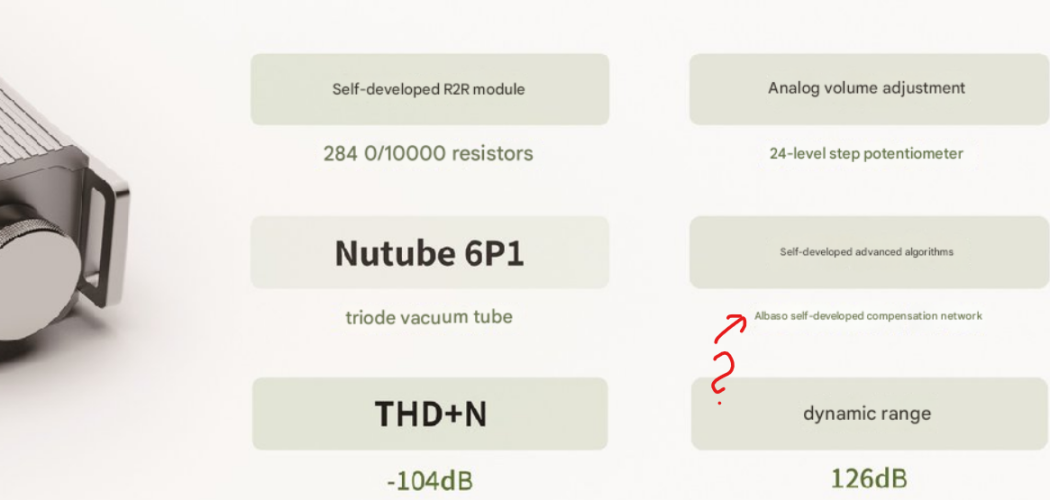Z_Showmaster
Member of the Trade: Zeppelin & Co.
I am an electrical engineer by profession and so far the technical limitation of a protocol like USB for asynchronous short range of music digital transmissions that include error correction elude me. Thanks anyway.
Hi @nkanak, my thoughts below.
Everyone on the debate of inputs has a valid point, the technical difficulties of getting great sound over USB on any device, balanced against practical use cases of a portable device.
The important thing is that D16 provides both USB and Coax, as I believe nigh every full-sized trans-portable offers. Choose the one that sounds better to your ears, is compatible with your sources and audio formats, and the differences will quickly fade in your mind as you listen permanently. The D16's USB definitely sounds different to the Coax, but both really sound fantastic.
Why USB on paper promises so much is because there becomes one single master clock in the chain in the ideal isochronous asynchronous manner. But other things like ground potentials and USB's power supply and a very bloated consumer interface in general have stood in its way.
"The Father of USB Audio" Gordon Rankin has spoken candidly on his invention, the initial promise, and then acknowledging all its strengths and flaws. I highly recommend you check out his interviews on Google but here's a start: www.darko.audio/2016/05/gordon-rankin-on-why-usb-audio-quality-varies
USB is great especially because there is a single master of timing. It certainly seems elegant versus the bit, master and word clocks getting mashed together into SPDIF and transmitted over Coax, before being unpacked at the destination: the DAC. The thing about SPDIF is that the transport becomes as important as the DAC itself given the independently operated clock, and ideally are designed by the same company to be used together...
And yet high-end audio companies keep using SPDIF. Chord use dual-BNC SPDIF, dCS dual-AES. The dCS Network Bridge (discontinued) eliminated USB and optical outputs entirely.
Many modern transmissions go the I2S way. What's I2S? The same bit, master, word clocks and data, just not folded up into SPDIF.
What was SPDIF's main problem? Managing a clock? Well I2S only gives you three different clocks to manage...
So let's settle on the most feasible format of digital transmission at our disposal, and listen happily from there
I hesitate to equate "better sound" to any input though I think on the evidence of the listeners here the strong preference is for coax, and their subjective choice is valid for liking that over USB.
I couldn't exclude USB as an input option on mine, as it's the only way I can play high-rate DSD back via D16 (edit: in my personal experience, I find playing back DSD natively via USB sounds better than DOP over Coax. But if others observe otherwise that's totally fine too).
The key challenge with a USB input remains the electrical potential between the source point and the receiver. While separate power supplies can help in decoupling USB's 5V power line, true galvanic isolation only happens when there are separate grounds. That may prove difficult in a portable device with limited space? Given how no optocouplers I know operate fast enough in the kind of form factor that would be required for D16...
Any challenge may also exist in how much of a USB data buffer is stored and maintained before overflowing etc., but you might be able to advise better on such a topic.
In any case, I maintain both the USB and coax inputs on D16 sound different – but to my ears, equal degrees of excellent that may vary with your tastes.
What kind of dap can I connect to cox in D16? Please let me know. I can't connect because the dap I have is hiby
HiBy Music is an excellent app for USB playback so I might just use the bundled USB cable and your HiBy DAP as a source. Otherwise, this could work as other members in this thread have cited – https://store.hiby.com/products/hiby-type-c-to-3-5mm-gold-plating-coaxial-cable
Last edited:





















